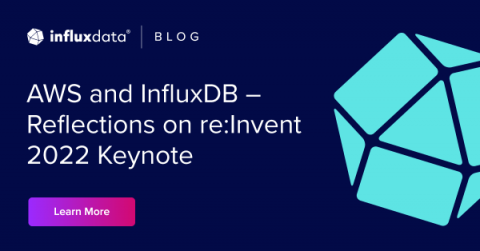Benefits of Native MQTT Integration on InfluxDB Cloud
To a great extent, the value of the Internet of Things (IoT) is realized through the insights (data) generated from sensor data integrated in storage and analytics systems. Consequently, how the data integration is conducted directly impacts the success of IoT projects. For this reason, InfluxData introduced Native Collectors to bypass multiple data hops and enable one-step integration of data from data brokers such as HiveMQ MQTT broker into its InfluxDB Cloud time series database.











